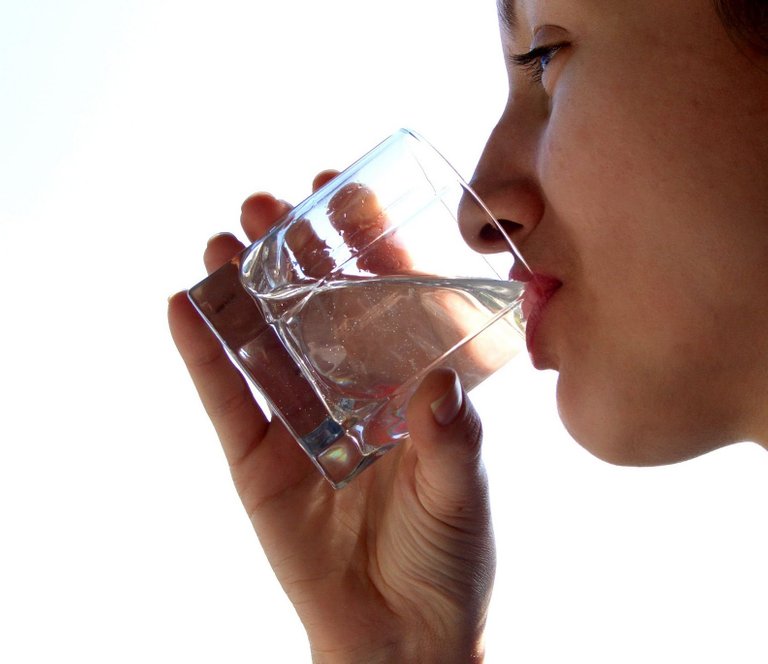We all know that water is an element that can not be separated from human life. And it can even be ascertained without the consistent development of water resources human civilization will not reach the level enjoyed until now.

And therefore the development and processing of water resources is the basis of human civilization.
And from the definition and definition of water it can be concluded that water is one important factor of water use in everyday life is for drinking water needs. So we need to know that clean water is water that must be free from microorganisms, or causes of diseases and chemicals that can harm the health of humans and other living things. And Water is a substance of life, where no living creature on this earth does not need water.
The following are eligible Water Requirements:
Physical Requirements
The physical requirements that must be met in drinking water must be clear, odorless, tasteless and colorless. And while the temperature should be cool and not hot. In addition, drinking water does not cause sediment. So if the water we consume deviates from this, it is very likely that the water has been polluted.Chemical Requirements
From a chemical aspect, drinking water should not contain high amounts of dissolved particles and heavy metals (eg Hg, Ni, Pb, Zn, and Ag) or toxic substances such as hydrocarbon compounds and detergents. Heavy metal ions can denaturate proteins, besides that heavy metals can react with other functional groups in biomolecules. And because some will be buried in various organs, especially the gastrointestinal tract, liver and kidneys, these organs are especially damagedMicrobiological Requirements
Pathogenic bacteria listed in the Ministry of Health are Escherichia Colli, Clostridium Perfringens, Salmonella. So the pathogenic bacteria can form toxins after a short latent period of several hours. And the presence of Coliform bacteria (E. coli belonging to this type of bacteria) which is commonly found in human and animal feces shows low sanitation quality in the process of procuring water. Then the higher the level of contamination of coliform bacteria, the higher the risk of presence of pathogenic bacteria, such as Shigella bacteria (cause muntaber), S. Typhii (causes of typhoid), Cholera, and Dysentery.
Thus the discussion of the criteria of water that is suitable for consumption. To avoid the things that we do not want then we must be careful in watching the drinking water that we will consume. The water we consume must be clear, colorless, odorless, contains no bacteria, does not contain a mixture that can damage organ organs such as zinc or iron, and does not taste. And hopefully what I share this can be useful for myself and the crowd.